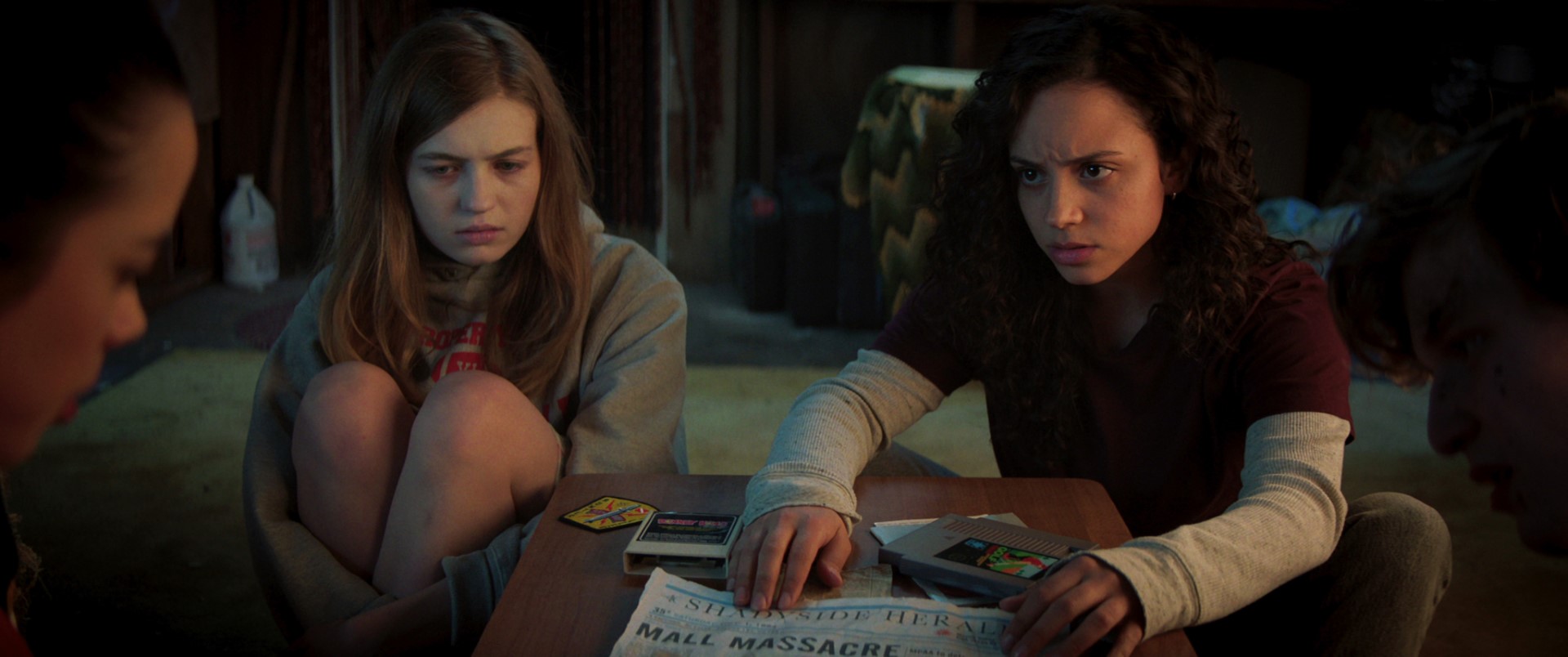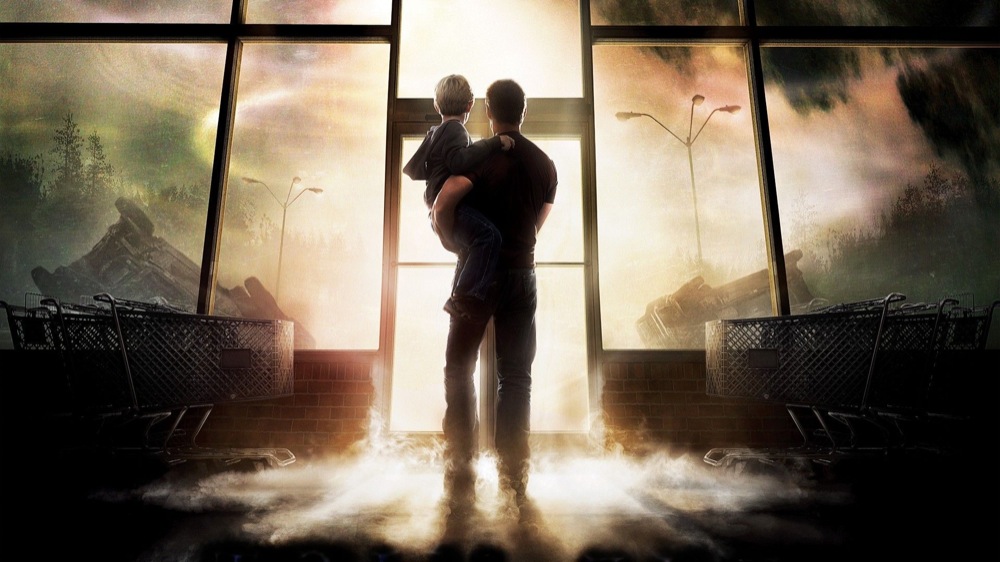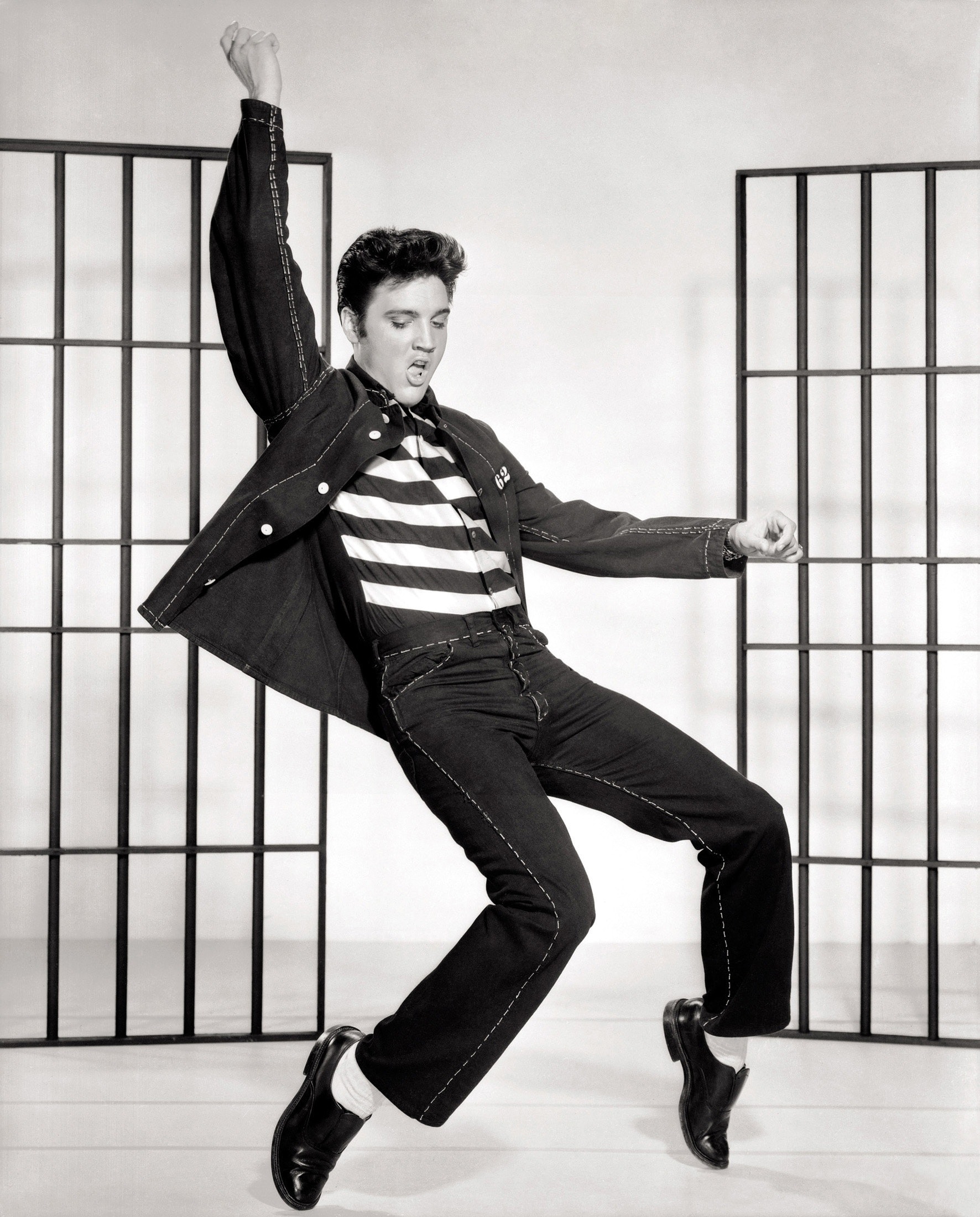
Why Netflix’s new horror trilogy feels groundbreaking and refreshing
By Jacey Gibb, Distribution Manager
I was concernedly young the first time I ever watched a horror movie. Every summer, my parents would offload me and my brothers at our grandparents’ house for a week, where the Gibb boys would commandeer the basement and live our best ’90s child lives. There’s an eight-year age gap between my oldest brother and me, so I was always more of a tagalong to their visions—which often included bringing a VCR to my grandparents’ place so we could watch as many movies as our impressionable eyeballs could handle.
It was in my grandparents’ basement that I witnessed my first horror movie, Jason Goes to Hell. I couldn’t have been older than seven or eight, and all I remember was seeing some sexy teens get murdered while getting sexy together in a tent. However, that movie launched me into a life-long adoration for horror movies and similarly, horror books.
Enter the Fear Street books, the young-adult horror series considered scarier than Goosebumps but for readers not-quite old enough for the likes of Stephen King. Yes, author R.L. Stine’s other horror series Goosebumps remains the unequivocally essential reading for young readers looking to dabble their toes in the genre, but it was the Fear Street series that really embraced horror. Goosebumps loved its fake-outs and ambiguous scares while the latter never shied away from killing off characters. (In a 2021 interview with The Guardian, Stine even confirmed “Nobody ever dies in Goosebumps.”) The film adaptations of these series continue this parallel, with the 2015 Goosebumps movie rated PG and the Fear Street films all boasting an R-rating.
Released across three weeks this past July, the Fear Street trilogy has been relatively well-received (their Rotten Tomatoes scores range between 83 and 92 percent, which is especially impressive considering the genre) but these films are even more noteworthy because of the love story at the centre of it between high school students Deena (Kiana Madeira) and Sam (Olivia Scott Welch). Deena is openly a lesbian, while Sam starts the series off in a heterosexual relationship with someone else, and while Fear Street initially plays with this classic “one person’s out, one person’s closeted” trope, we quickly get the impression that Sam and Deena are endgame material.
It feels weird, praising a film for having supernatural murderers continuously chasing a lesbian couple and their friends, but it’s representation in a genre that has been sorely lacking LGBTQ+ characters in the past. Upon viewing Fear Street and realizing how groundbreaking it felt, I tried racking my brain over what other horror films were centred around an LGBTQ+ romance and couldn’t think of one. Internet searches produced articles like “7 most iconic LGBT+ character in horror movies,” but the only arguably iconic one to appear on these lists is Rocky Horror Picture Show’s Frank-N-Furter (portrayed by Tim Curry).
Fear Street’s lesbian couple at the centre of the bloodbath shouldn’t feel so innovative, and yet it does. I long for the day when mad serial killers can stalk people of all genders and orientations, but until then, I’ll take what Fear Street has to offer.

